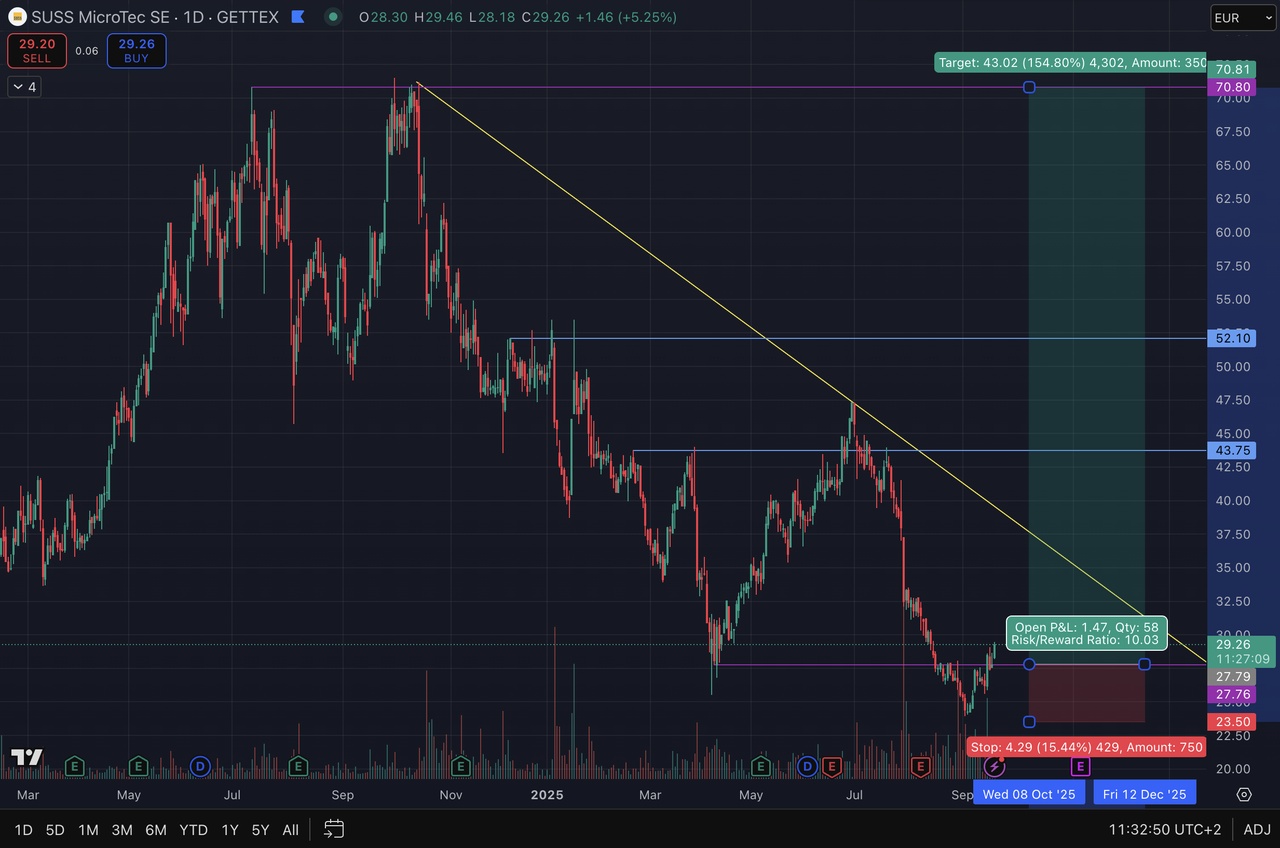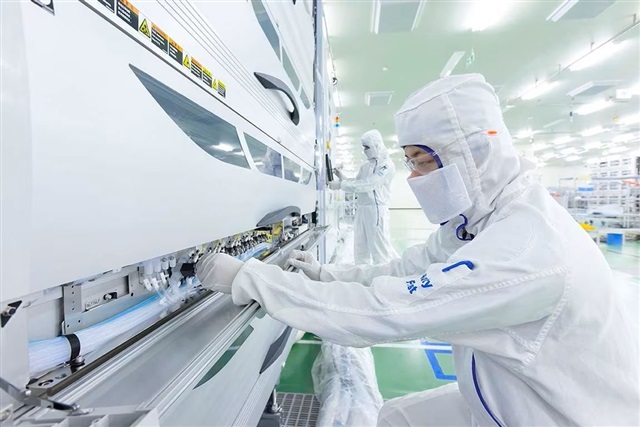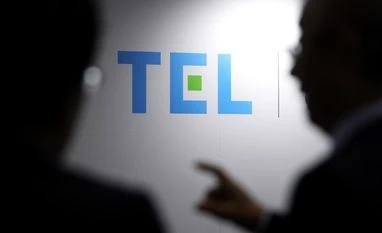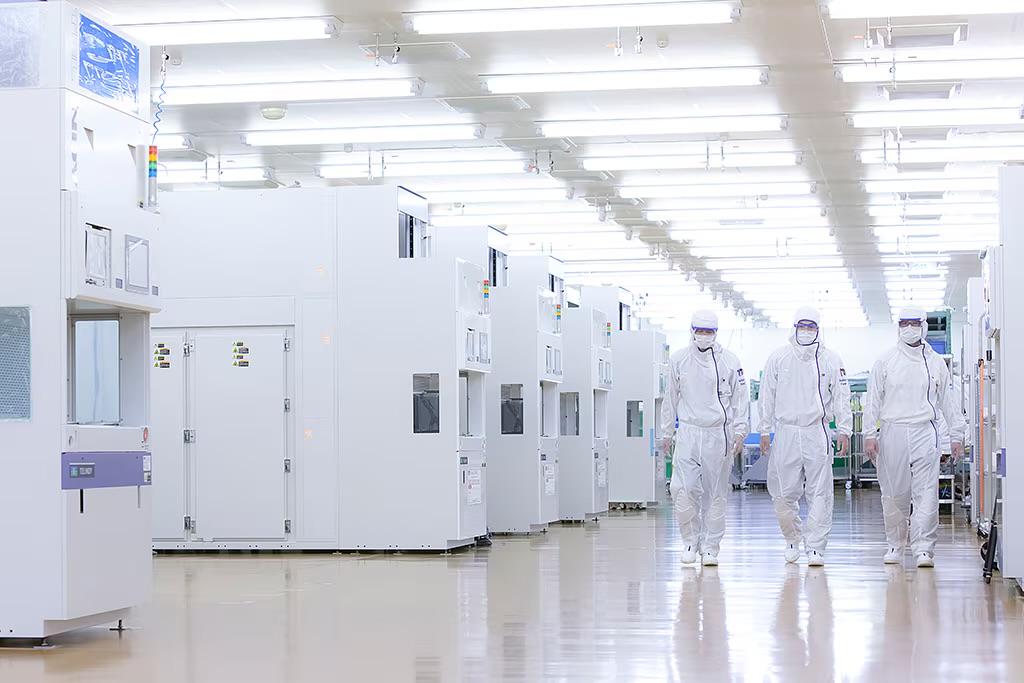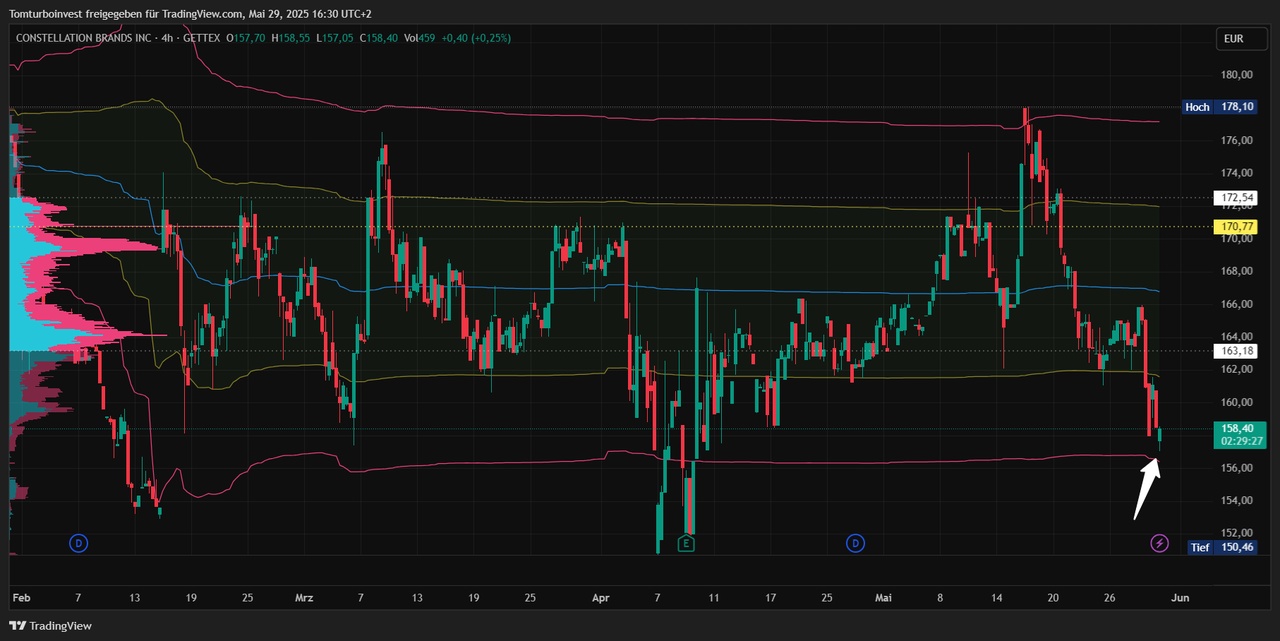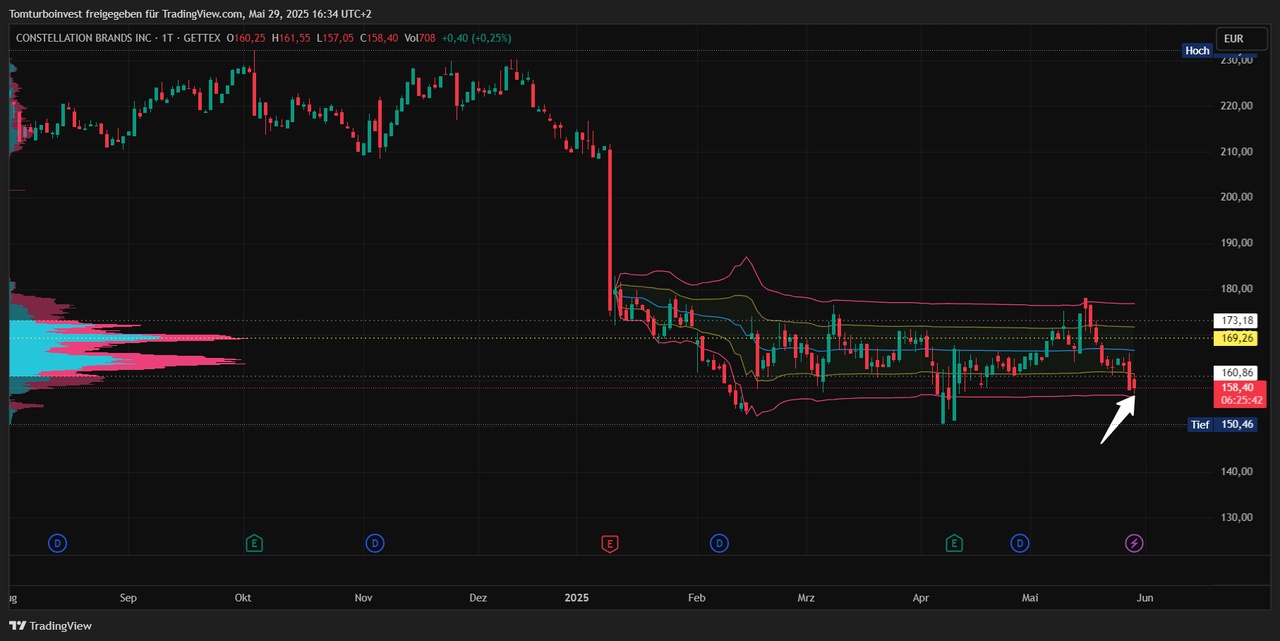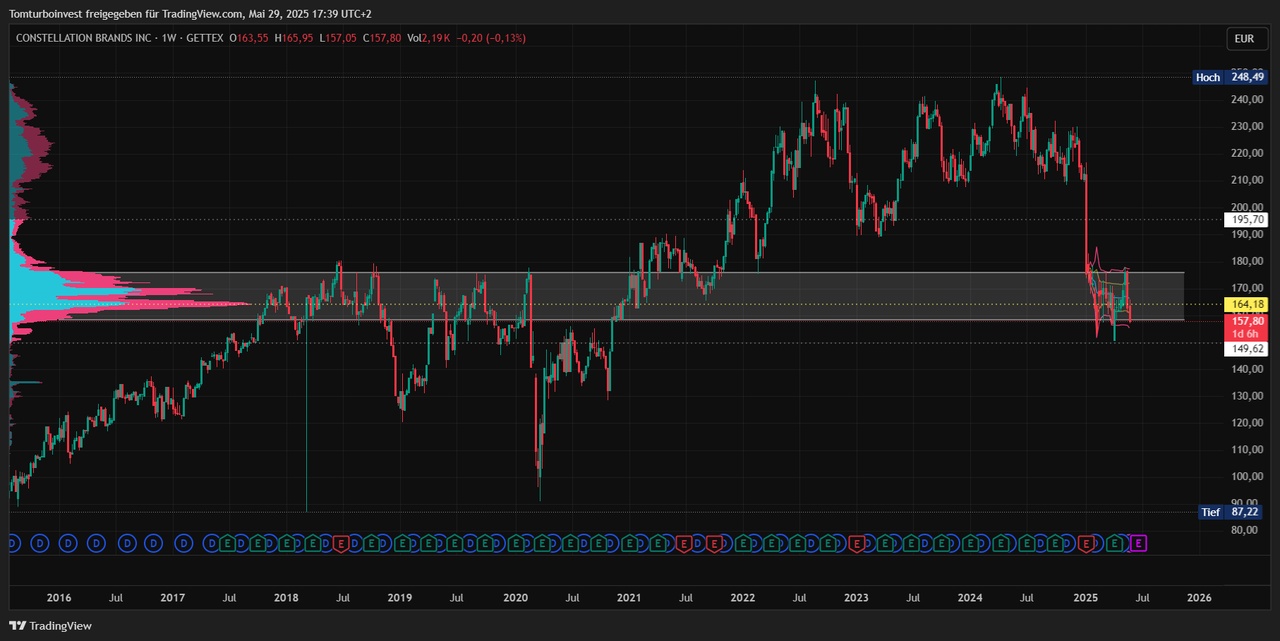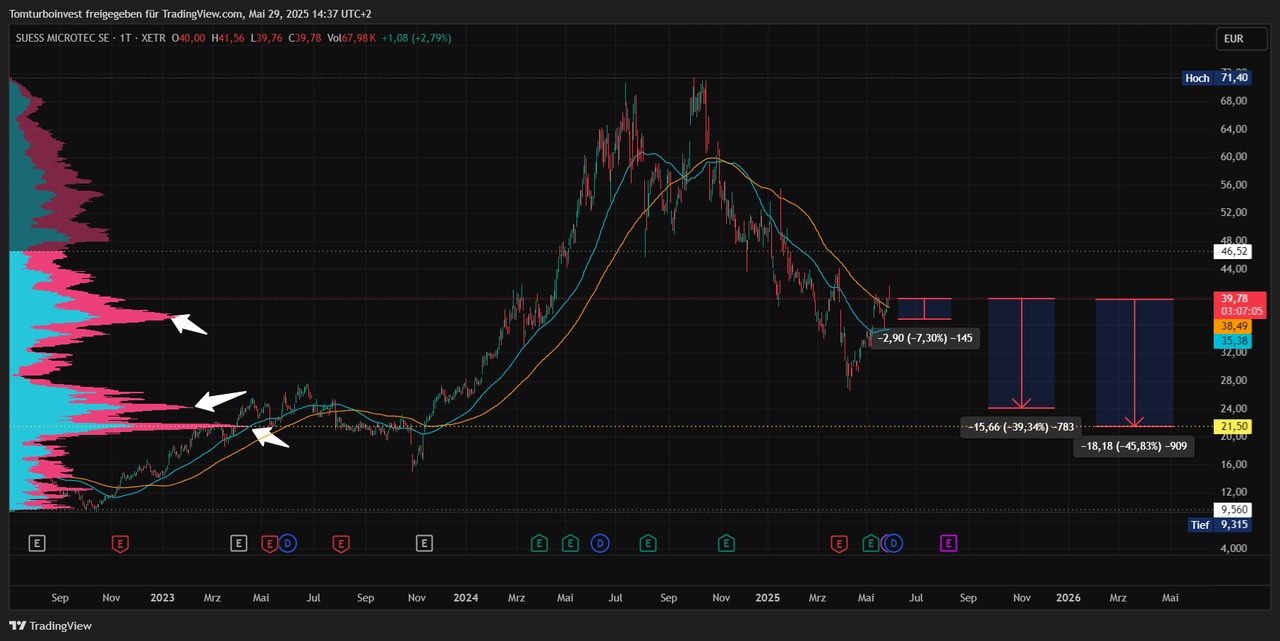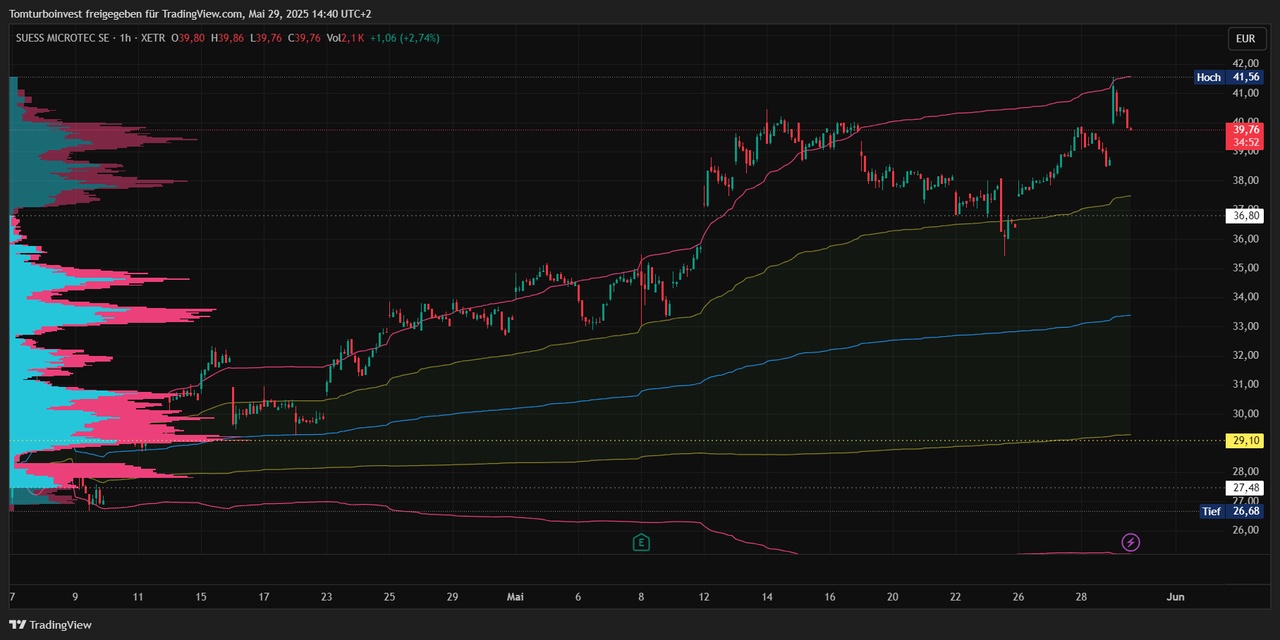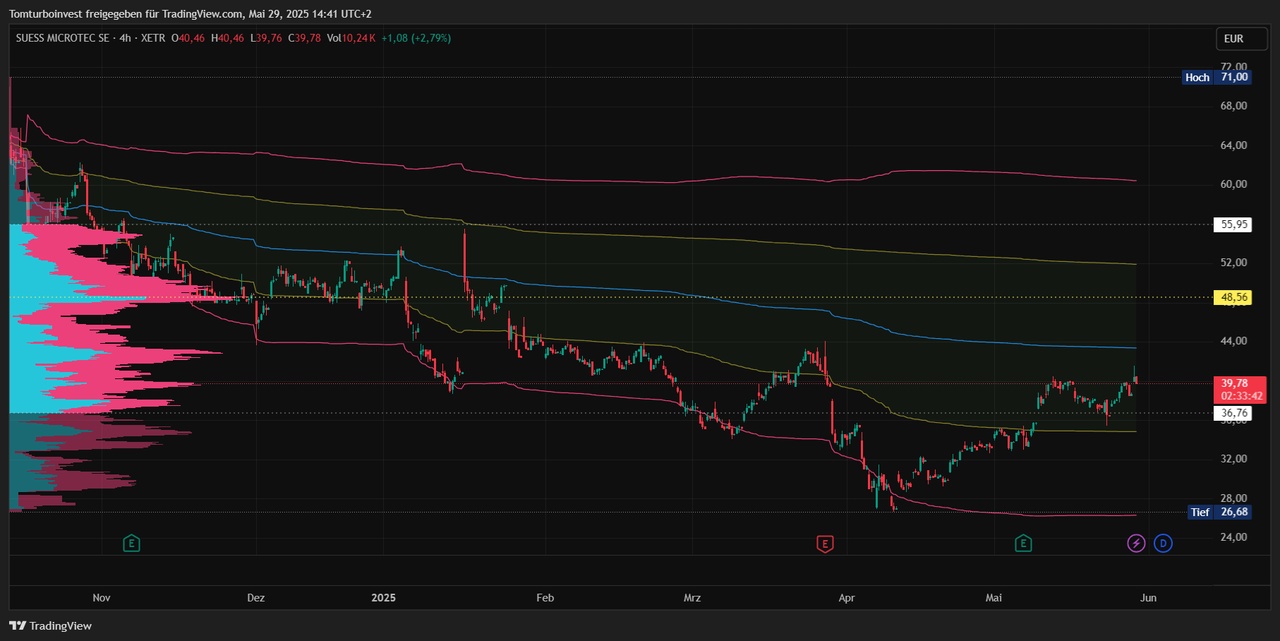I've been thinking for some time that it's about time I wrote an article about the company Tokyo Electron
$8035 (-6,59%) and now the time has come!
Tokyo Electron is a Japanese company that operates in the field of semiconductor equipment equipment. The company is an essential part of the global semiconductor supply chain, Without it, there would be no semiconductorsespecially advanced ones, because that is where they dominate the market.
Here on Getquin, a lot is written every day about the Dutch ASML $ASML (-3,69%) who have a monopoly in the field of EUV lithography. However, the EUV machine is unfortunately useless on its own, because each of ASML's highly complex EUV machines inevitably requires technology from Tokyo Electron. This concerns the coaters and developers.
With the coating an extremely thin layer of photoresist is applied to a wafer with nanometer precision, Only then are they usable for the EUV process. This is followed by developingin which specific exposed or unexposed areas on the wafer are removed in order to create a certain pattern. The whole process is incredibly complex and difficult to implement. The coater/developer and EUV machines form a kind of unit. Tokyo Electron has a market share of approx. 90% and even a monopoly in EUV lithography. monopoly. The barriers to entry are also considered to be very high. All in all, it can be said that there are no high-end chips without ASML's EUV lithography, but no EUV lithography without Tokyo Electron's coater/developer. Tokyo Electron benefits directly and inevitably from ASML's success.
But that's not all, Tokyo Electron is much broader. They also hold market shares between 20-30% in dry etch, thin film deposition (CVD/ALD) and wafer cleaning (stable - rising everywhere). Competitors in this area are in particular Applied Materials $AMAT (-4,67%) and LAM Research $LRCX (-5,41%) .
Also becoming increasingly relevant is advanced packaging. Here, several chips are connected together, so to speak (e.g. CPUs, GPUs...). It therefore represents a key market for AI and other trends. Tokyo Electron currently holds market shares of around 10-15% (tendency strongly increasing). They are particularly strong in the essential wafer bondingi.e. the bonding of several finished wafers, where the market share is already at 32% (tendency rising sharply). They are also expanding into other areas.
Overall, they benefit from their diversification and strong customer loyalty. They work very closely with foundry companies such as TSMC $2330 and Samsung $005930 whereby many processes are so closely coordinated that many innovations only emerge in production itself. Tokyo Electron also has an advantage over the competition, as their strong diversification (and market dominance in certain areas) means that they can offer complete solutions for their customers. In advanced packaging in particular, there are many smaller players that are only active in one niche (e.g. Süss MicroTec $SMHN (-1,48%) ), which makes them less competitive with Tokyo Electron.
It should now be roughly clear what kind of company Tokyo Electron is and why its products are so important. so important are so important. Now let's look at some numbers:
Turnover (2025): €14.9 billion (+32.83%)
Profit (2025): €3.3 billion (+49.50%)
Market capitalization: € 75.2 billion
P/E RATIO: 23.69
P/E ratio 2030e: 13.40
Debt: 0¥
Cash position: approx. € 3 billion
Over the next few years (up to 2030), Tokyo Electron is planning investments of 1.5 trillion ¥ (approx. €10 billion)especially in the area of Advanced Packaging. They are therefore investing heavily in their technological leadership and expanding into new growth markets. Their successful execution is reflected in the fact that they steadily becoming more profitable
and gaining market share all round. In the year 2027 they want a profit margin of 35% which would put the competition in the shade.
I also think it's important to emphasize that Tokyo Electron has been incredibly successful in talent acquisition acquisition. They are a very popular employer and last year alone they received 25,000 applications received from a total of around 17.000 employees worldwide. As part of their investment strategy, they plan to hire 2,000 new employees each year (10,000 in total) (this represents an increase of almost 60% growth). The employees who already work at Tokyo Electron are also very happy there. In Japan, only 1% of employees who start at Tokyo Electron leave the company at some point. Internationally it is also only 2-3%. This not only shows the quality of the employer, but also ensures that the know-how is retained within the company.
Conclusion: Tokyo Electron is a highly profitable, technological leader and innovative supplier whose products are irreplaceable, especially for the most advanced chip production. With a modern corporate culture and an aggressive growth strategy in an exponentially growing market environment the company offers an attractive investment opportunity with a robust moat and long-term high upside potential.
The savings plan is running :)





